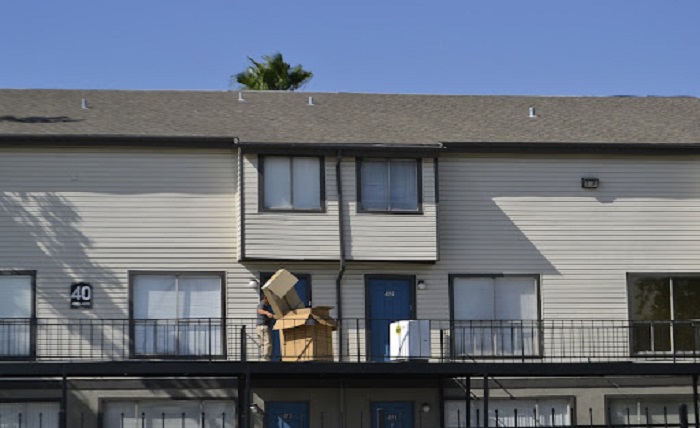Step By Step: Moving From House to Apartment

Moving from a house to an apartment marks a significant life transition, and while it may come with its challenges, it also offers exciting opportunities for a fresh start. Whether you’re downsizing to simplify your life or seeking a more urban and convenient lifestyle, careful planning and organization can make the process much smoother. In this guide, we’ll provide essential tips to help you successfully navigate the move from a house to an apartment.
From decluttering and packing strategically to understanding apartment rules and regulations, we’ll cover all the important aspects to ensure your transition is as seamless and enjoyable as possible. Embrace this new chapter with an open mind, and let’s embark on this journey of change together.
Step 1: Declutter: Before packing, go through your belongings and declutter. Get rid of items you no longer need or use. This will make your move more manageable and help you save space in your new apartment.
Step 2: Measure your new space: Measure your new apartment’s rooms and storage spaces. This will give you a better idea of what furniture and items will fit and what might need to be sold or donated.
Step 3: Plan your furniture layout: With the measurements in mind, plan where you’ll place your furniture in the new apartment. This will help you decide which items to bring or leave behind.
Step 4: Pack strategically: When packing, label your boxes clearly and immediately pack the items you’ll need in separate packages. This way, you can unpack essentials first and leave non-essential items for later
Step 5: Consider hiring a professional moving service: Moving from a house to an apartment might require less staffing than a full-house move, but it can still be physically demanding and time-consuming. Hiring a reputable moving company like White glove logistics can help streamline the process and alleviate stress.
Step 6: Take inventory: Make a list of all your belongings and check them off as you unpack. This will help you keep track of your items and ensure nothing gets lost during the move.
Step 7: Consider storage options: If you have sentimental items or belongings that won’t fit in your apartment, consider renting a storage unit nearby to keep them safe and accessible.
Step 8: Update your address: Make sure to change your address with the postal service, banks, utilities, and other important organizations before moving.
Step 9: Understand apartment rules and regulations: Familiarize yourself with the rules and regulations of the new apartment complex, such as pet policies, parking rules, and noise restrictions.
Step 10: Notify your neighbors: If you’re moving to an apartment building, let your neighbors in the new building know about your move to avoid any misunderstandings or potential issues.
Step 10: Get to know the area: Explore the neighborhood around your new apartment to find nearby amenities, shops, and services you might need regularly.
Step 11: Arrange utilities and services: Set up utilities, internet, and other necessary services well in advance so everything is ready when you move in.
Step 12:Pack a first-night essentials bag: Pack a bag with essential items like toiletries, a change of clothes, and other necessities for your first night in the new apartment. This will save you from rummaging through boxes when you’re exhausted from the move.
Step 13: Take care of your pets: Moving can be stressful for pets. Keep them safe and comfortable during the transition by setting up a designated area with familiar items.
Step 14: Meet your new neighbors: Take the opportunity to introduce yourself to your new neighbors and make some connections in the community.
Step 15: Enjoy the experience: Moving to a new apartment can be a fresh start. Embrace the change, explore your new surroundings, and make the most of your new living space.
Moving to an apartment offers unique opportunities and challenges, but with careful planning and a positive attitude, you can make the transition successful and enjoyable.




